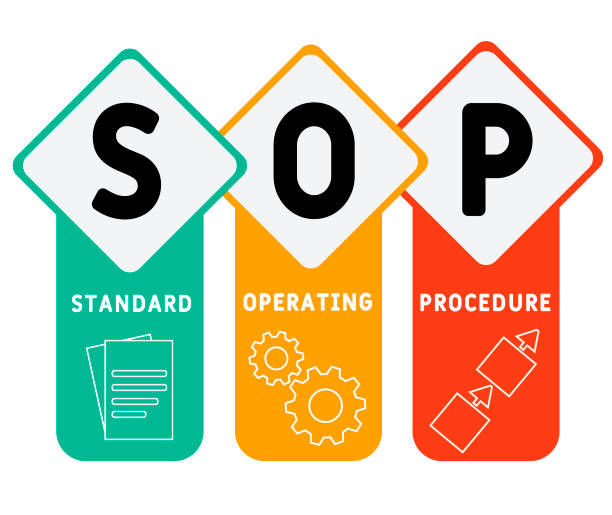
STANDARD OPERATING PROCEDURES
TAKRA DHARA

INTRODUCTION
Takradhara is the procedure of pouring medicated takra over the forehead for a specific duration of time.
MATERIALS REQUIRED
- Ref General Requirements SOP
- Musta churna – 75 gm
- Amalaki churna – 250 gm
- Milk – 600 ml
- Curd – 5 ml
- Water – 6.4 L
- Cotton ear plugs- 2
- Head band – 1
- Eye pad – 1
- Soft towel – 2
- Vessels – 3
- Dhara patra – 1
- Dhara stand – 1
- Dhara table – 1
Manpower
- Therapist – 2
- Physician – 1
PREPARATION
Preparation of Medicine
Preparation of Amalaki Kashaya
- 250g of Amalaki Churna is boiled in 4 L of water and reduced to 1 L.
Preparation of Mustaksheerapaka
- 75 g of Musta Churna is boiled with 600 ml of milk and 2.4 L of water.
- It is boiled and reduced to 600ml of musta ksheerapaka.
Preparation of Takra
- Mustha Ksheerapaka is filtered and 5ml of curd is added to it .
- It is kept overnight for fermentation.
- Next day this is churned well to remove all butter.
- Add amalaka Kashaya to this churned takra and mix it well.
Preparation of tray
- Take a clean tray.
- Put medicated takra in a vessel, langotti, towel, thalam, eye pad, head band, cotton ear plugs
Preparation of patient
- Check vitals.
- Jeernahara lakshana assessed.
- Vegotsarga
- Make patient wear langotti.
PURVA KARMA
- Patient is asked to sit comfortably over the droni with legs extended.
- Ear plugs are kept on both ears.
- Head band is tied around the head above the eyebrows of the patient.
- Both the eyes are covered with an eye pad.
- Patient is asked to lie in supine position and covered with a blanket.
- Dhara patra hanged on the dhara stand is fixed 4 angulas above the level of forehead.
PRADHANA KARMA
- Ensure the knob of dharapatra is closed.
- The prepared takra is poured into the dharapatra.
- The knob is slowly opened to get a continuous stream of flow.
- The dharapatra is oscillated in a to and fro motion covering the whole forehead.
- The head of the patient is simultaneously massaged at frequent intervals.
- Another therapist has to collect the takra in a container placed under droni and refill the dharapatra before it gets emptied.
PASCHAT KARMA
- The nozzle is closed and dharapatra is removed.
- Patient is asked to wash the head with Amalaki Kashaya.
- Earplugs, headband and eye pad are removed and the head is wiped with a towel.
- Patient is asked to take hot shower after resting for a while .
- Rasnadi Churna is applied over vertex after bath.
- The nozzle is closed and dharapatra is removed.
- Patient is asked to wash the head with Amalaki Kashaya.
- Earplugs, headband and eye pad are removed and the head is wiped with a towel.
- Patient is asked to take hot shower after resting for a while .
- Rasnadi Churna is applied over vertex after bath.
DURATION
- 45 mints – 1 hour.
INDICATIONS
- Early greying and thinning of hair
- Insomnia
- Headache
- Anxiety
- Mental stress
- Cerebrovascular disorders
- Psychological disorders
- Disorders of head, eyes and ears
CONTRAINDICATIONS
- Glaucoma
- Conjunctivitis
- Fever
- Inflammatory conditions of head.
PRECAUTIONS
- During the procedure eyes are well protected and covered to avoid leakage of medicated liquid into eyes.
- The height of the dhara patra should not be more than 4 Angula above the level of forehead.
- Oscillation of the dhara patra should be neither too fast nor too slow.
- Also the stream of flow should not go beyond the temporal region on both sides.
COMPLICATIONS AND MANAGEMENT
- If the dhara is done from more height, very fast or very slow, then it may produce murccha, shoola, chardi, raktapitta and jwara.
- For these dhara doshas, treatments like gandusha, nasya, sunti kashayapana etc can be done.
- Yusha with black pepper can be administered.
- On the third day basti should be given.
- Shivering observed due to excess sheeta. In such condition, procedure is stopped immediately and the patient is managed with ushnopachara.



